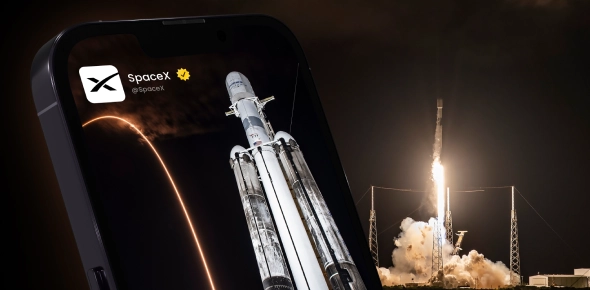Blast Off! Only Real Fans Can Ace This SpaceX Launch Quiz
Quiz Review Timeline (Updated): Jul 1, 2025 +
Our quizzes are rigorously reviewed, monitored and continuously updated by our expert board to maintain accuracy, relevance, and timeliness.
-
Current Version
-
Jul 01, 2025Quiz Edited by
ProProfs Editorial Team -
Jul 01, 2025Quiz Created by
Anam Khan
















